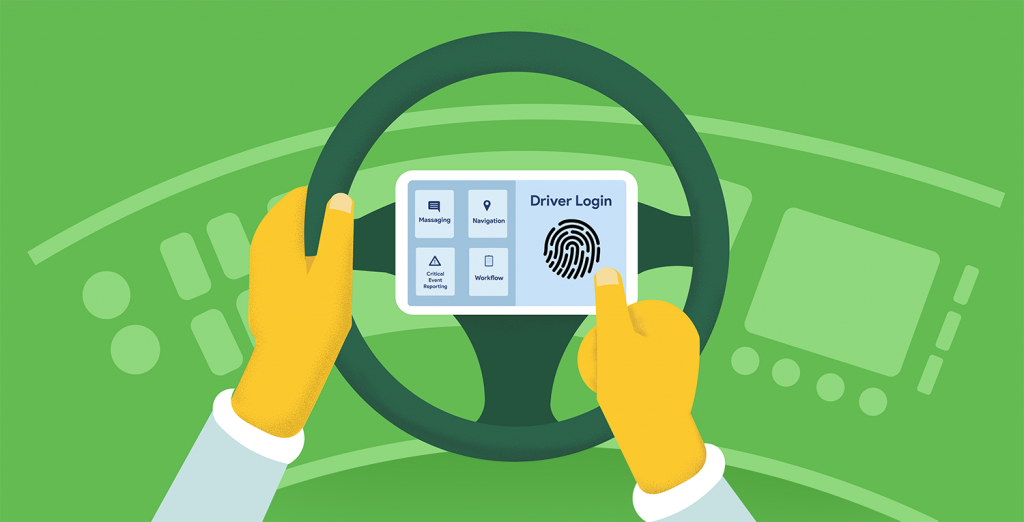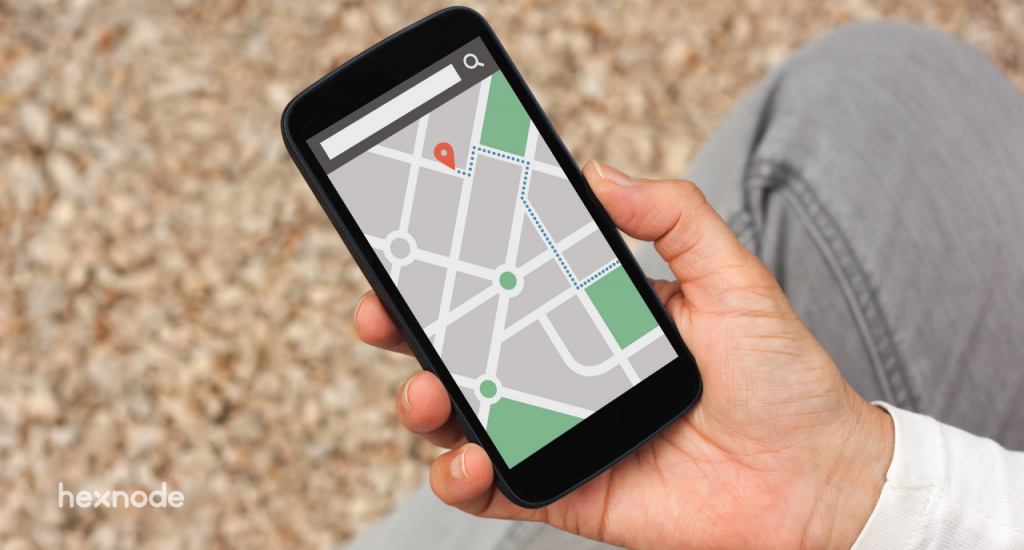The Federal Motor Carrier Safety Administration (FMCSA) has mandated Electronic Logging Device (ELD), also known as E-Log, which is a device that can track the working hours of the drivers of a Commercial Motor Vehicle (CMV). Not only the working hours, an ELD, can track details such as the distance driven and how long the engine has been working.
Automatic Onboard Recording Device (AOBRD) and Electronic Onboard Recorder (EOBR) were two terms used by the FMCSA in their previous rules. FMCSA mentions AOBRD ‘grandfathered’ and allows freight companies with AOBRDs to use it until December 2019.
Why ELD?
An ELD can understand the varying speeds of a CMV’s engine, track details automatically and can send the logs to the freight manager. You no longer need a paper format to record the working hours of the driver.
Moreover, ELDs are made mandatory by FMCSA in the final rule published on December 2015. It suggests all the vehicles without an onboard recording device to install the ELD within December 2017. However, the CMV fitted with the onboard recorders, abbreviated EOBR and AOBRD can be used until December 2019.
AOBRD vs ELD
Even if AOBRD and ELD serve the same purpose (recording driver and vehicle details), there are differences that set them apart. Listed here are some of them.
- AOBRD can track the activities automatically, or manually as provided by the driver or the motor carrier (the company which employs drivers for the CMV). ELD will track all these activities automatically.
- The clock in ELD must be synchronized with UTC, accurate to 10 minutes.
- A graph grid (either on a display or on a printout) showing driver’s daily duty status is mandatory for an ELD.
It is not necessary to have a graph grid display or a clock on an AOBRD.
Benefits of ELD from Traditional Logging Methods
ELD eliminates the need for a paper format to record the details, and the need of providing details manually as the ELD will track the details automatically. Moreover, ELD will contain a graph grid to display the driver’s duty status, either on a display or as a printout.
Hours of Service Regulation by FMCSA
FMCSA has imposed some regulations on the Hours of Service (HOS), the working hours of a driver operating a CMV, to avoid accidents caused by doziness. The main regulations include:
- For trucks,
- After consecutive 8 hours of work, the driver should have a 30-minute break.
- The drivers can drive a CMV for a maximum of 11 hours after 10 hours of off-duty period, and can spend a maximum of 14 hours on-duty + 10 hours off-duty (on-duty includes breaks).
- Cannot drive after 60/70 hours for the 7/8 consecutive days. Driver needs to take 34 consecutive hours of off-duty after this period.
- The drivers should spend 8 hours on a sleeper birth + 2 hours off-duty or sleeper berth.
- For buses,
- The drivers can drive a CMV for a maximum of 10 hours after 8 hours of off-duty period, and can spend a maximum of 15 hours on-duty + 8 hours off-duty.
- Cannot drive after 60/70 hours for the 7/8 consecutive days. Driver needs to take 34 consecutive hours of off-duty after this period.
- The drivers should spend 8 hours on a sleeper birth + 2 hours off-duty or sleeper berth.
Motor Carrier Safety Rating
A safety rating is given by the FMCSA based on several factors such as (but not limited to) accidents, maintenance, driver’s qualification, license and even the Hours of Service. Three safety ratings are given to a motor carrier.
- Satisfactory: The motor carrier meets the safety requirements as specified by the FMCSA.
- Conditional: The motor carrier failed to comply with the safety requirements.
- Unsatisfactory: The motor carrier is not allowed to operate CMVs.
General Specification of ELD
An ELD should comply with the specifications mentioned by the FMCSA. ELDs need to record some data automatically, and some of them manually as provided by the driver or the motor carrier. Automatic data needs to be captured during the change of duty status of the driver or at a 60-minute interval while the vehicle is moving or when the engine is on/off.
- Record the following data automatically:
- Date and time
- Physical location
- Engine hours
- Distance traveled by the vehicle
- Identity of the driver, vehicle and the motor carrier
- Allow the driver or motor carrier to add manually on the ELD, the special driving condition.
- Display the information to the safety official, when requested, either on the display or as a printout.
They are not required to:
- Track the driver or the vehicle in real time, or
- Establish communication between the driver and the motor carrier.
Note: FMCSA suggests the interstate motor carrier to use only the ELDs which are displayed on their website https://csa.fmcsa.dot.gov/ELD/List.
Using Smartphones as ELDs
FMCSA allows a logging software to be installed on a smartphone or tablet and use it as an ELD, if it complies with ELD’s technical specifications provided by the FMCSA.
Managing ELDs with Hexnode MDM
Most logging software requires the app to be opened from the moment the engine is turned on to when the engine is shut down, for the app to work or to record information precisely. Hexnode MDM locks down an Android/iOS device which is used as an ELD, to the logging software, while keeping the driver away from accessing other features on the smartphone/tablet, thus keeping the logging software in the foreground, at any time.
Hexnode MDM, apart from locking the device down to the foreground, disables all hardware buttons and always keeps the screen on, to avoid accident app shutdowns. Everything is managed over-the-air, so the ELD need not to be with the carrier every time to make changes to the lockdown configuration. The remote view can be used for troubleshooting and message broadcasting feature can be used by the motor carrier to communicate with the driver, in cases where your ELD does not have this feature.






